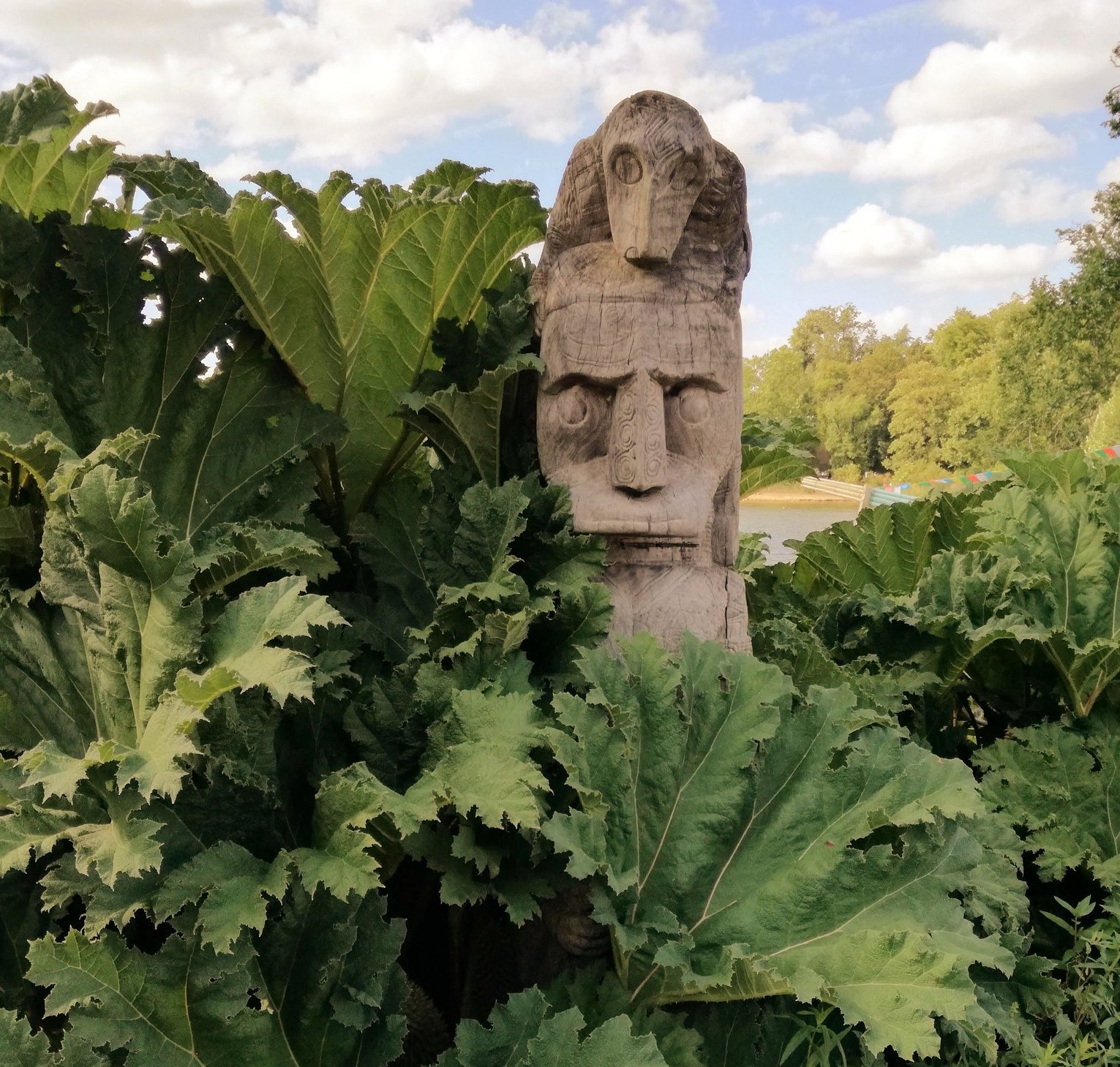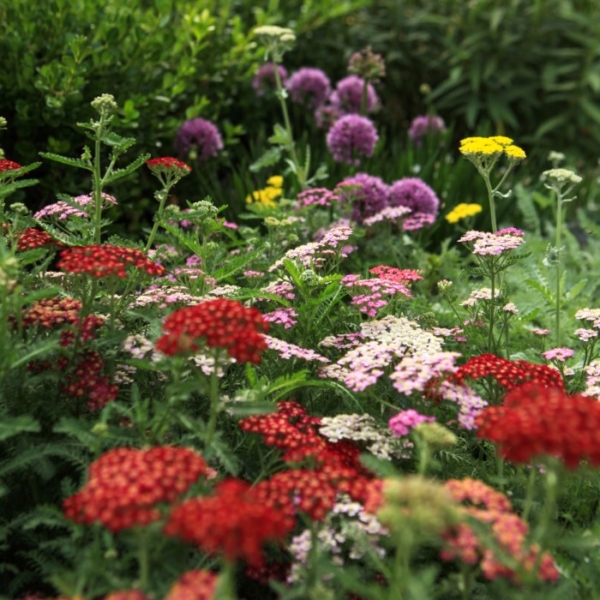Dating back to 280 million years ago, cycads lived in the Mesozoic Era. With a tropical, palm-like look, their stiff leaves and stout trunk add a bold structure and intrigue to a modern or tropical garden. Be aware that all parts of these plants are poisonous and are quite poky; plus they grow slow like molasses which explains their hefty price tag. Plant in sun or part sun in a fast-draining palm or succulent soil mix. My favorites: Cycas revoluta and Cycad Encephalartos.
Protea

This species dates back to 300 million years, when the climate was way different and South Africa was a tropical forest. Proteas are low water, large woody shrubs with thick stems and stiff leaves but most notable for their otherworldly flowers that are prized by florists for lasting a long time (though, sorry, not millions) and for drying exceptionally well. And because this plant family is quite eclectic and diverse, it is named for the Greek god Proteus who could change between many forms. These plants are pollinated by a variety of bats, birds, insects, and tiny mammals, which makes them critical to many ecosystems. Pro tip: Avoid fertilizers containing phosphorous as this will kill the plant. My favorites: King Protea (South Africa’s national flower) and Protea ‘Pink Ice’.
Tree Fern

If you lived in the Triassic Period, 230 million years ago, you would have probably lounged under tropical tree ferns, sharing them with dinosaurs who feasted on the fronds. Luckily today you can still hang out under a fern without the fear of a massive vegetarian joining you. These stately plants sport lengthy feathery fronds and a furry trunk, and require moist, rich soil and a partly sunny to dappled-shady spot. Tree ferns look lovely in all sorts of gardens: Asian, woodland, modern, and tropical. Pro tip: Water the crown of the tree fern and the trunk to increase needed humidity. My favorites: Cyathea cooperi and Dicksonia Antarctica.
Gunnera

If you’ve ever encountered a Gunnera, you’ll always remember its gigantic 4-foot-wide leaves; and if you’ve ever had direct contact, you’ll never forget how razor sharp their leaves are. (Pro tip: always wear heavy leather gloves when pruning.) Ninety-five million years ago this vicious trait may have come in handy repelling hungry dinosaurs—even though its nickname is “dinosaur food.” Native to Argentina and Southern Chile, this gargantuan, clumping plant doesn’t tolerate freezing temperatures but does make a massive statement in a tropical or collector’s garden. This prehistoric plant’s favorite place is in very moist conditions, like situated next to a stream, pond, or other boggy locale and in a sunny to partly sunny spot. A Gunnera can clump to 8 foot wide, so give it plenty of room to spread its spiky but spectacular leaves. My favorite: Gunnera tinctoria.
See also:
(Visited 2,719 times, 907 visits today)


